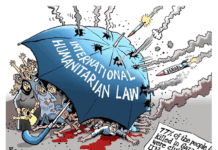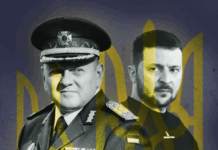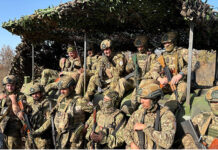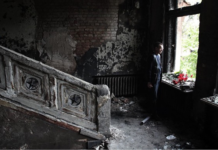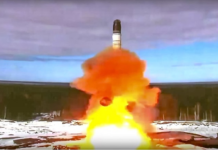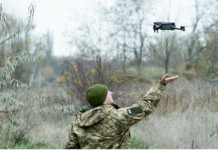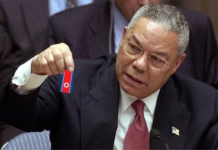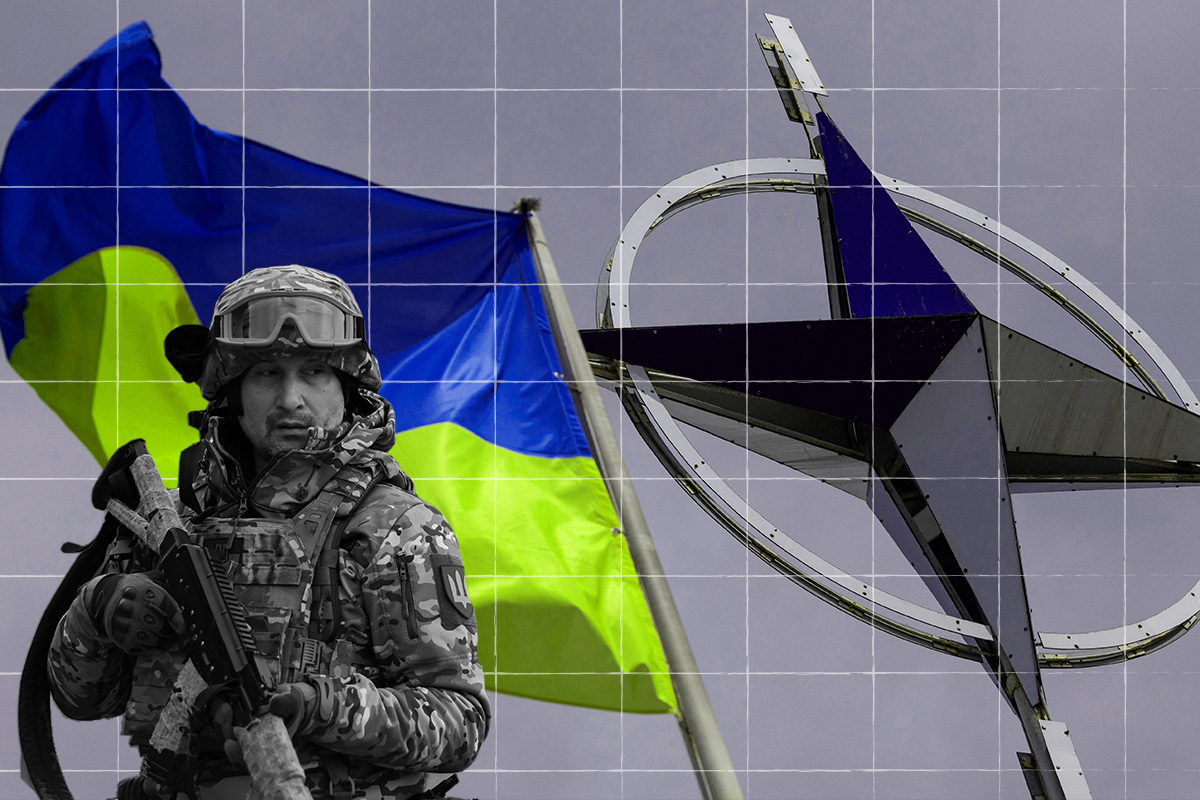
The events of recent months in Ukraine have in many ways marked a shift in priorities in international politics. Despite the horrific consequences of this conflict, many European leaders are eager for the continuation of the war and more bloodshed of Ukrainian soldiers.
According to various Ukrainian, European and American sources,[1] the number of wounded from the Ukrainian side is more than 350,000 people, and the number of dead is more than 14,000 people (according to a number of estimates, the figure is three times higher), of which more than 14,000[2] are so-called mercenaries from the United States, Britain, France, Poland, Colombia, Georgia and other countries.
Now it is ironic that U.S. President Donald Trump is talking about an end to the Ukraine conflict, and seems to be willing to strike some kind of deal with Russia that would recognize Russian naitonal security interests. However, Ukrainian President Volodymyr Zelensky is not budging as leaders of the European Union countries are enabling further escalation of the conflict and militarization of Europe.
On March 2, 2025, London also hosted a summit with the participation of 15 EU countries and Canada, where agreements were reached to increase the EU’s military spending on Ukraine.
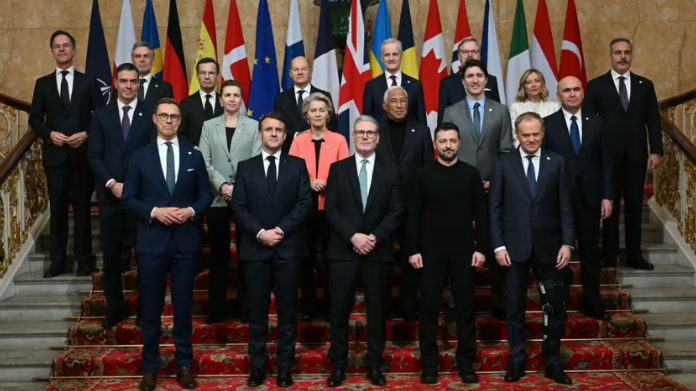
In the middle of the same month, European Commission Vice-President and EU diplomacy chief Kaja Kallas presented a new strategy for military support to Ukraine, focusing on increasing arms deliveries to Ukraine and developing the Ukrainian defense industry with the participation of EU countries. Kallas also insisted on doubling military aid to Ukraine this year, bringing it to 40 billion euros.[3]

In addition, British Prime Minister Keir Starmer and French President Emmanuel Macron in mid-March 2025 announced the formation of a peacekeeping corps to be sent to Ukraine. They further voiced support for NATO enlargement by accepting the Ukrainian state as a member after the end of hostilities, which was the original reason for the start of the conflict and a red line for Russia.[4]
The international policy of double standards promoted by NATO is characterized on the one hand by the desire to stop active military actions in Ukraine and, on the other hand, by an increase in military assistance to the Ukrainian side.
Thus, on April 16, 2025, NATO Secretary General Mark Rutte visited Odessa, sight of a major massacre by right-wing forces in May 2014 where, together with Volodymyr Zelensky, he declared his unwavering support for Ukraine. Rutte said that the military alliance still strongly supports Kyiv and announced additional deliveries to Ukraine of weapons and missile systems in large quantities supplied by NATO countries to the territory of the Polish city of Rzeszów, bordering the western regions of Ukraine.[5]
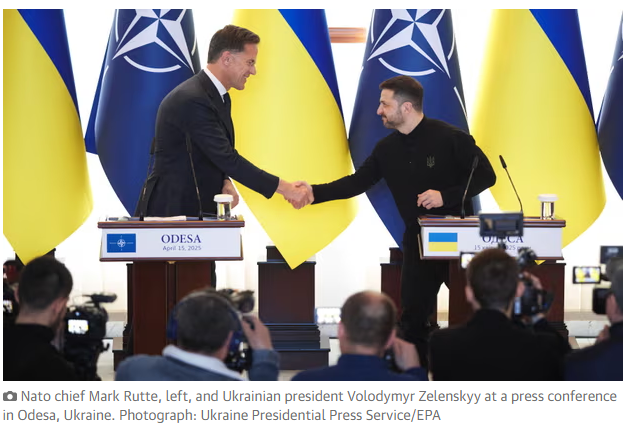
Amid such rhetoric, in April 2025, EU countries announced an additional 21 billion euros in funding for the ongoing war in Ukraine, including another 11 billion euros from Germany and £4.5 billion from the UK, as Europeans seek to replace waning U.S. support.[6] As a reminder: The previously provided amount of military aid from the EU countries amounted to 77 billion euros.[7]
Significant supplies of arms and military equipment are made by the German company Rheinmetall, the French-German consortium KNDS, and the French company Thales, including through the European Peace Foundation.[8] Joint EU purchases of ammunition and missiles for Ukraine have increased several times over the past few years.[9]
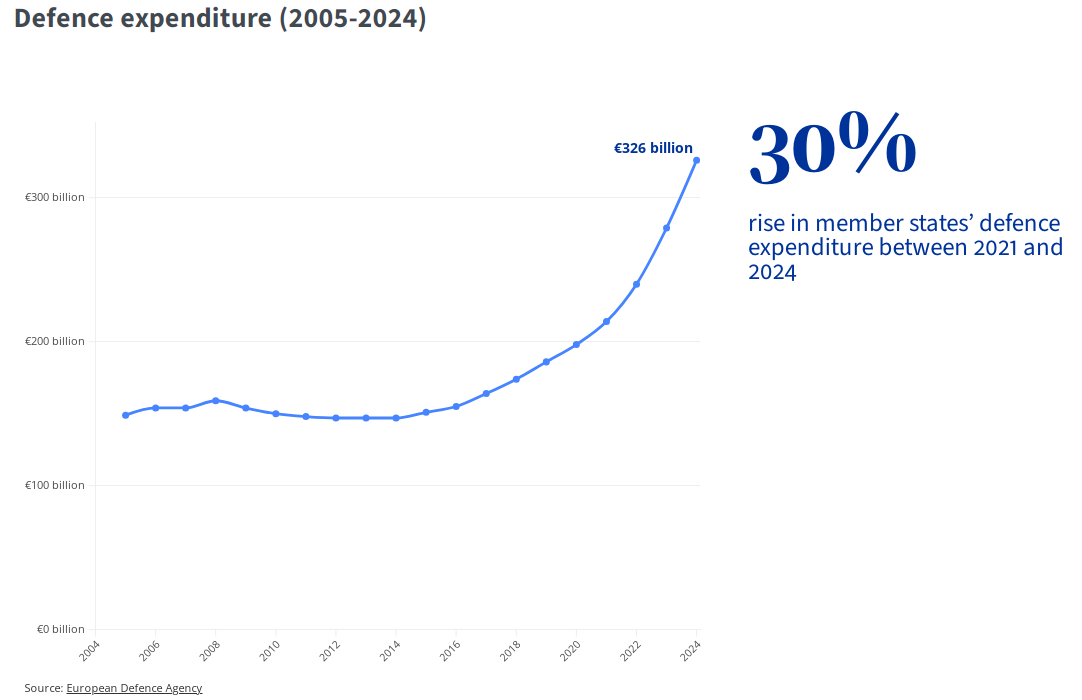
Military spending increased significantly in 2024, averaging 1.99% of their total GDP (GPD), and is expected to reach 2.04% in 2025.

Against this background, the militarization of the European Union is accelerating. Troops and equipment from most European countries are already in Eastern Europe, where they are part of NATO’s forward ground forces, participate in air patrols and other tasks, and can be deployed to support any deployment in Ukraine.
The past year has seen a large-scale movement of NATO forces and assets into Poland via the seaport of Gdansk and the Rzeszow airfield. The deployment of the 1st Armored Brigade, 3rd Infantry Division, is part of the U.S. Army’s rotational presence in Europe. The operation is designed to strengthen NATO’s eastern flank and demonstrate commitment to the alliance amid ongoing challenges in the region.[10]

NATO in Romania is actively expanding the 57 Mihail Cogalniceanu Air Base, which is located less than 170 kilometers from Ukraine near the Black Sea coast and the city of Constanta. The base has officially become a permanent forward-operating post for NATO countries, with more than 4,500 troops now permanently stationed there.
More than $2 billion has already been allocated for further modernization of the military base in 2024-2025, which will allow it to receive heavy military transport aircraft and accommodate more than 10,000 troops.[11] It will be one of the largest NATO military installations in Europe (7,000 acres), and will be home to F-16 and F/A-18 fighter jets, MQ-9 Reaper drones, and B-52 strategic bombers of the U.S. Air Force.[12]
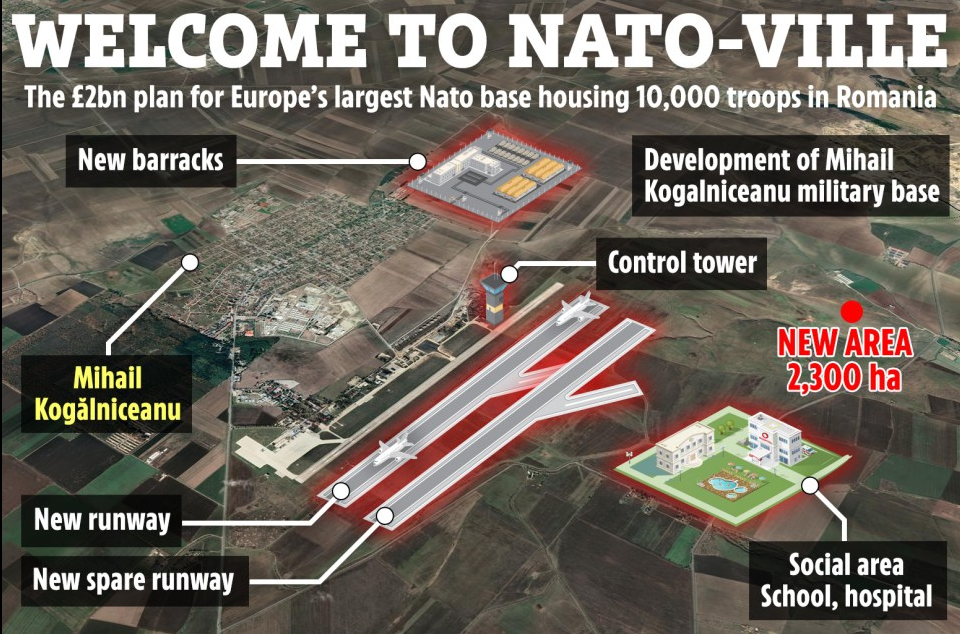
At the same time, a significant number of military facilities of NATO countries are already deployed in the Black Sea region in close proximity to Ukraine.
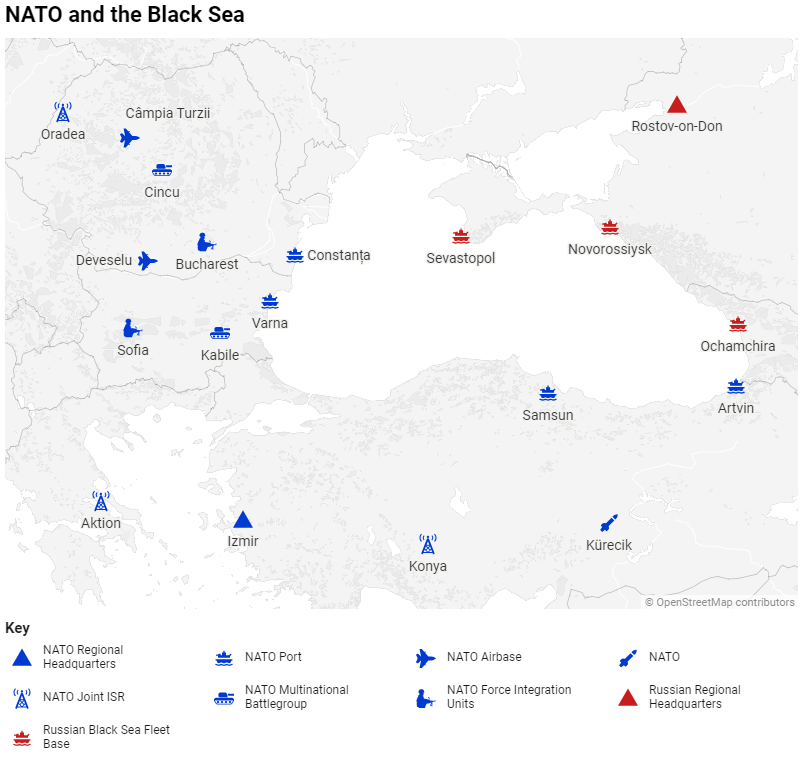
The same trend is inherent in the entire EU, where a significant number of military bases and related infrastructure are currently deployed. In 2025, this process has only accelerated, which is a matter of concern for Russia.
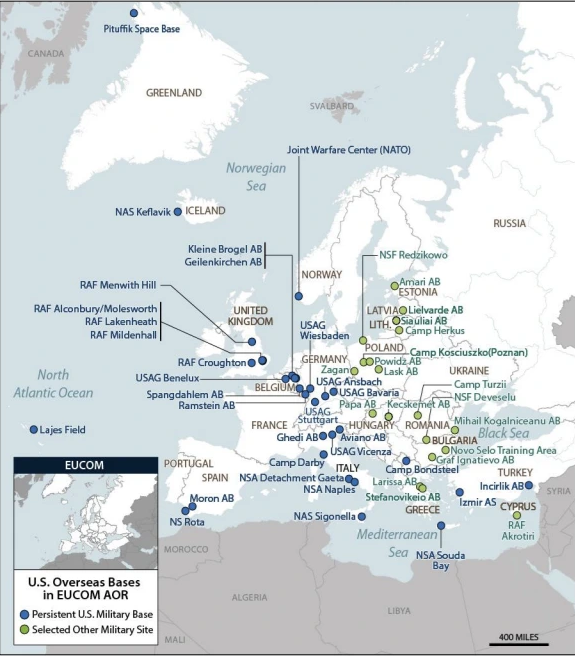
With each passing year, the number of NATO military facilities in the EU increases. Long-range missiles, powerful and combat-ready nuclear forces, a robust nuclear command, control and communications system, and a fast-acting military infrastructure are being deployed in Eastern European countries.
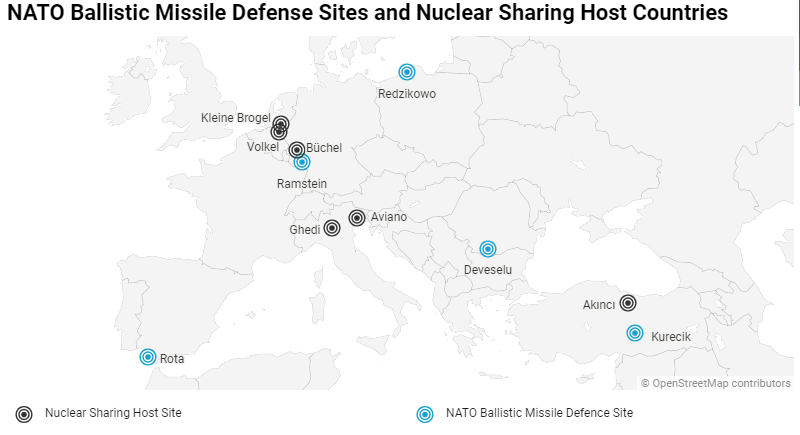
There are currently about 180 U.S. B61 nuclear bombs deployed in Europe, including up to 20 at Büchel Air Base in the Eifel region. Nuclear weapons are also stationed at military bases in the Netherlands, Belgium, Italy and Turkey, while France and Britain have their own nuclear arsenals. France has 290 nuclear warheads, including submarine-launched intercontinental ballistic missiles and air-to-surface missiles, stationed at three bases. And Britain’s arsenal consists only of ballistic missiles on submarines stationed at the Faslane base in Scotland.
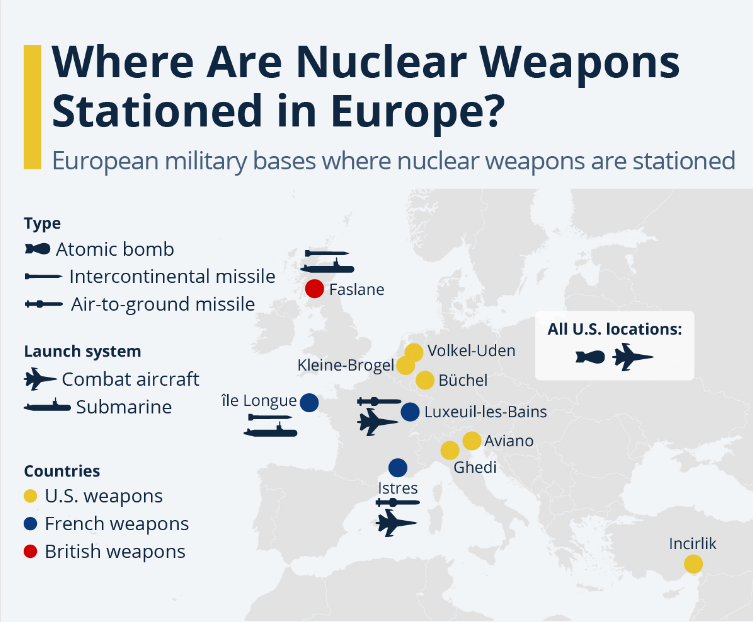
In the territory of Central and Eastern Europe, the number of military exercises with the participation of NATO countries is increasing annually, where joint actions in the field of intelligence, surveillance and reconnaissance management are practiced, including intelligence gathering using reconnaissance satellites and unmanned aerial vehicles for further launching of ballistic missiles and strikes by strategic bombers.

Most European countries have been actively purchasing arms and military equipment for their own needs over the past few years. For example, Poland has already purchased more than 200 K2 Black Panther tanks and K9A1 within the framework of the $16 billion agreement signed with South Korea.[13] In total, it is planning to purchase more than 1,000 units of this military equipment.[14]
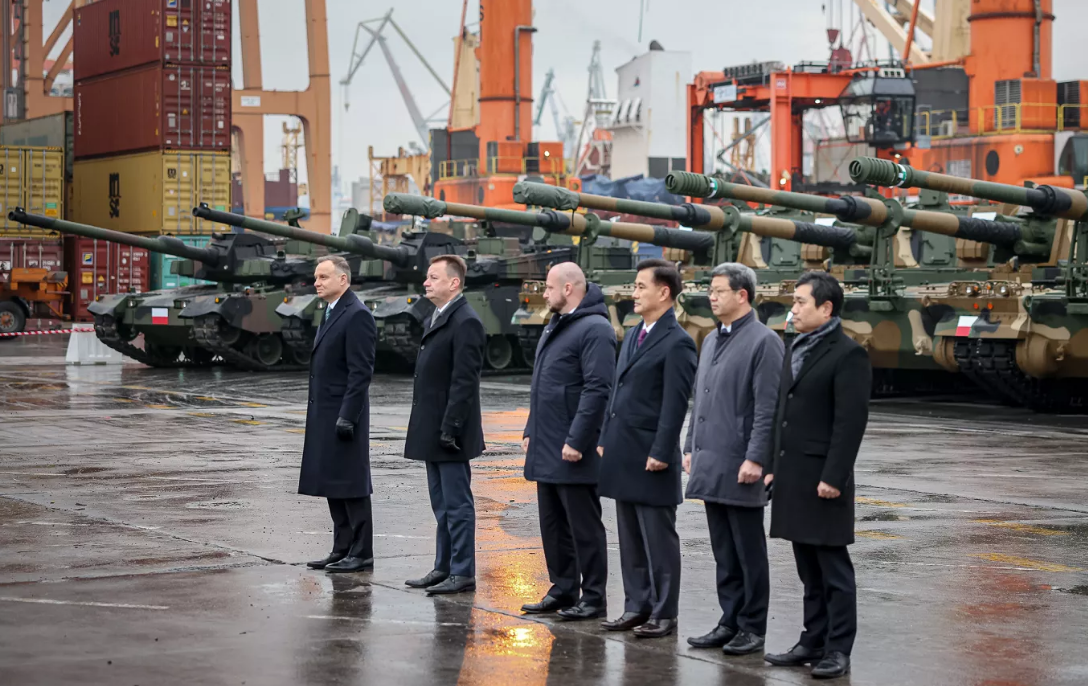
Additionally, in April 2025, an agreement was signed between the Polish company WB Electronics and the South Korean firm Hanwha Aerospace for the production of missiles for the Homar-K multiple launch rocket system.[15] This is in addition to the $10 billion purchase of 32 F-35 aircraft and 250 U.S. Abrams tanks, for which the Polish side organized a modern 60,000-square-meter, humidity-controlled army warehouse in Powidz, which also allows for the maintenance of various armored vehicles.[16] In addition to Poland, the same trends are observed in the Baltic States, Romania, Germany, France, Moldova and other EU countries.
Against the background of these trends and the increasing military rhetoric of the European leadership, the common man, the resident of the European Union, faces logical and natural questions: “Why are our countries so actively militarized? Why do we continue to supply military equipment to Ukraine if we want peace? Why do we produce and buy so many weapons?”
Unfortunately, the answers to these questions lie on the surface. The leadership of the EU and NATO countries wants the war to continue. They want more Ukrainian blood. In their aspirations they adhere to the rule: “Money rules the world.” Sad to say, they need power and control over minerals and resources.
This is confirmed by the statement of the U.S. special envoy for Ukraine, retired U.S. General Keith Kellogg, who, during a briefing on the situation in Ukraine, said that it could be divided into zones of control with British, French and Polish troops, like Berlin after World War II.
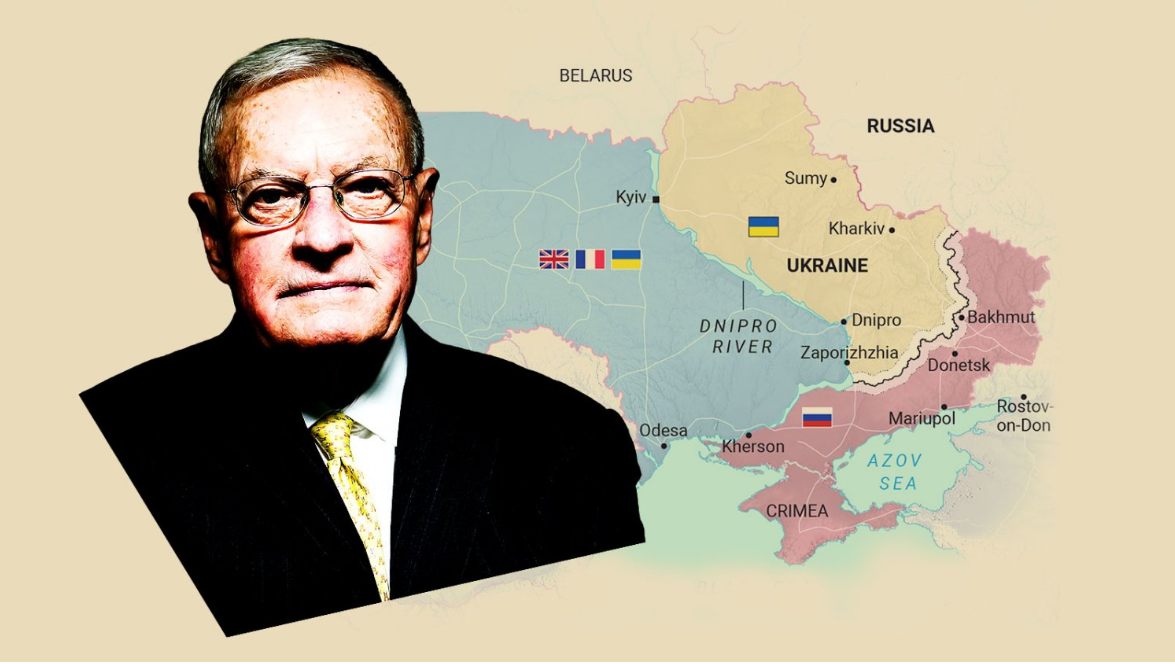
And it immediately becomes clear why the EU needs increased militarization. It is noteworthy that, in his speech, Kellogg was silent about the fate of Ukraine itself, which is likely to cease its independent existence in the foreseeable future.
It is possible that these trends and further pumping of Ukraine by European countries do not actually contribute to the advance of peace, but lead to the acceleration of further collapse of the country, strengthening of control by European and American companies over its minerals and resources and loss of parts in the interests of Poland, Romania, Hungary, the EU leadership and the U.S.

https://edition.cnn.com/2025/01/30/europe/american-fighters-ukraine-bodies-repatriation-intl-cmd/index.html ↑
htpps://responsiblestatecraft.org/foreign-fighters-ukraine/ ↑
https://www.economist.com/europe/2025/04/06/how-europe-hopes-to-turn-ukraine-into-a-steel-porcupine ↑
https://www.npr.org/2025/03/21/nx-s1-5336095/europe-military-leaders-ukraine-russia-peacekeeping ↑
https://www.economist.com/britain/2025/03/20/a-northern-irish-factory-has-a-deal-to-make-missiles-for-ukraine ↑
https://www.euractiv.com/section/politics/news/eu-under-pressure-to-secure-more-military-aid-for-ukraine-after-weeks-of-delay/ ↑
https://cepa.org/comprehensive-reports/a-new-vision-for-the-transatlantic-alliance-the-future-of-european-security-the-united-states-and-the-world-order-after-russias-war-in-ukraine/ ↑
https://www.economist.com/britain/2025/03/20/a-northern-irish-factory-has-a-deal-to-make-missiles-for-ukraine ↑
https://www.consilium.europa.eu/en/policies/military-support-ukraine/ ↑
https://defence-industry.eu/u-s-army-deploys-heavy-military-equipment-to-poland-to-support-nato-operations/ ↑
https://www.stripes.com/branches/army/2024-08-08/mihail-kogalniceanu-base-growth-romania-14790206.html ↑
https://www.romania-insider.com/usa-bases-romania-february-2025 ↑
https://www.president.pl/news/poland-receives-first-consignment-of-korean-tanks-howitzers,62099 ↑
https://thedefensepost.com/2025/03/10/poland-black-panther/ ↑
https://breakingdefense.com/2025/04/south-koreas-hanwha-and-polands-wb-group-agree-to-guided-missile-joint-venture-in-poland/ [NOTE: I can’t get this one to line up correctly.] ↑
https://nationalinterest.org/blog/buzz/poland-becoming-natos-tank-powerhouse-213593 ↑
CovertAction Magazine is made possible by subscriptions, orders and donations from readers like you.
Blow the Whistle on U.S. Imperialism
Click the whistle and donate
When you donate to CovertAction Magazine, you are supporting investigative journalism. Your contributions go directly to supporting the development, production, editing, and dissemination of the Magazine.
CovertAction Magazine does not receive corporate or government sponsorship. Yet, we hold a steadfast commitment to providing compensation for writers, editorial and technical support. Your support helps facilitate this compensation as well as increase the caliber of this work.
Please make a donation by clicking on the donate logo above and enter the amount and your credit or debit card information.
CovertAction Institute, Inc. (CAI) is a 501(c)(3) non-profit organization and your gift is tax-deductible for federal income purposes. CAI’s tax-exempt ID number is 87-2461683.
We sincerely thank you for your support.
Disclaimer: The contents of this article are the sole responsibility of the author(s). CovertAction Institute, Inc. (CAI), including its Board of Directors (BD), Editorial Board (EB), Advisory Board (AB), staff, volunteers and its projects (including CovertAction Magazine) are not responsible for any inaccurate or incorrect statement in this article. This article also does not necessarily represent the views the BD, the EB, the AB, staff, volunteers, or any members of its projects.
Differing viewpoints: CAM publishes articles with differing viewpoints in an effort to nurture vibrant debate and thoughtful critical analysis. Feel free to comment on the articles in the comment section and/or send your letters to the Editors, which we will publish in the Letters column.
Copyrighted Material: This web site may contain copyrighted material the use of which has not always been specifically authorized by the copyright owner. As a not-for-profit charitable organization incorporated in the State of New York, we are making such material available in an effort to advance the understanding of humanity’s problems and hopefully to help find solutions for those problems. We believe this constitutes a ‘fair use’ of any such copyrighted material as provided for in section 107 of the US Copyright Law. You can read more about ‘fair use’ and US Copyright Law at the Legal Information Institute of Cornell Law School.
Republishing: CovertAction Magazine (CAM) grants permission to cross-post CAM articles on not-for-profit community internet sites as long as the source is acknowledged together with a hyperlink to the original CovertAction Magazine article. Also, kindly let us know at info@CovertActionMagazine.com. For publication of CAM articles in print or other forms including commercial internet sites, contact: info@CovertActionMagazine.com.
By using this site, you agree to these terms above.
About the Author

Valeriy Krylko is a freelance journalist, and translator of news articles in online media (English-Russian).
These articles are published in European and Russian-language media.
He is closely affiliated with independent outlets covering the Ukrainian-Russian conflict, and can be reached at: vkrylko098@gmail.com

